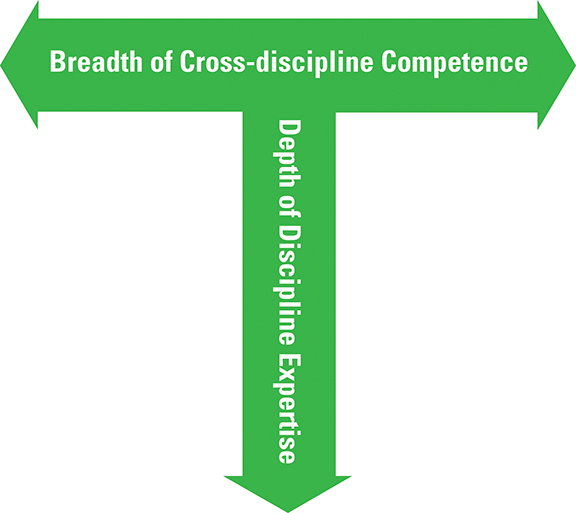Facebook changes how marketers can promote posts.

Facebook surveyed users on promotional posts.
On January 15, Facebook users are going to see a cleaned-up newsfeed with less clutter and more controls for promotional posts. Facebook decided to make these changes after surveying users and learning they want less promotional content and more stories from friends and posts from pages they opted in to see.
Facebook decided to crack down on:Read full post...







